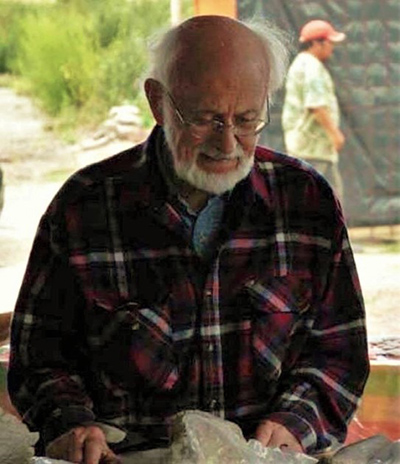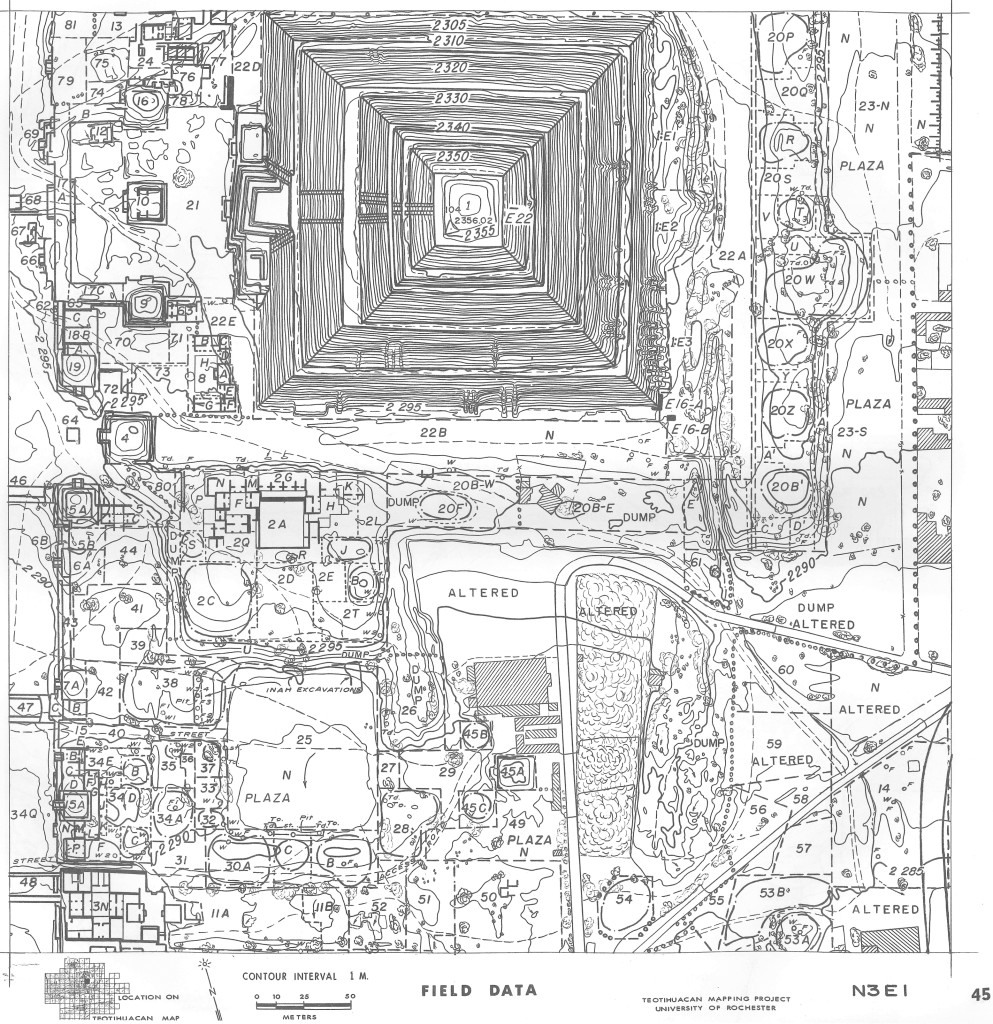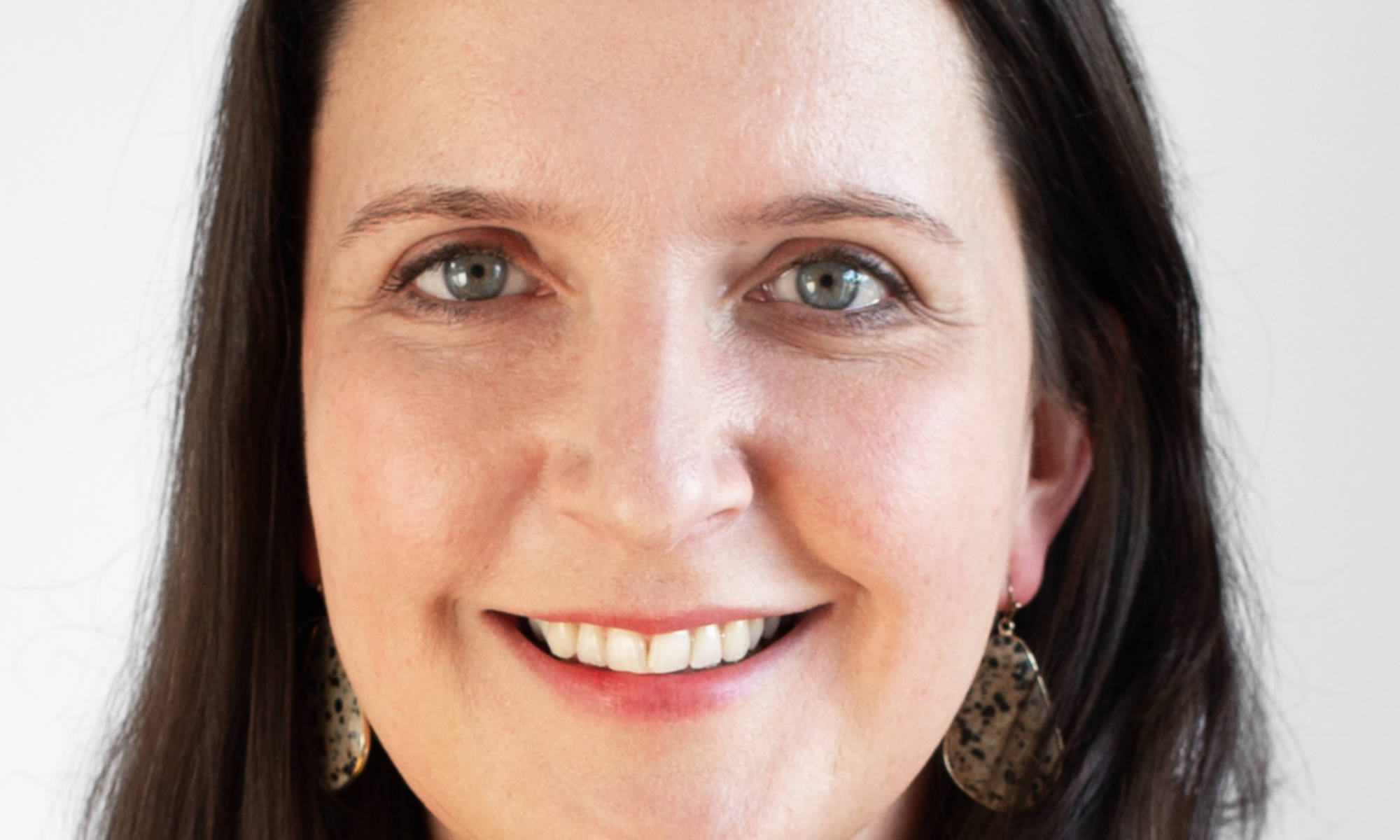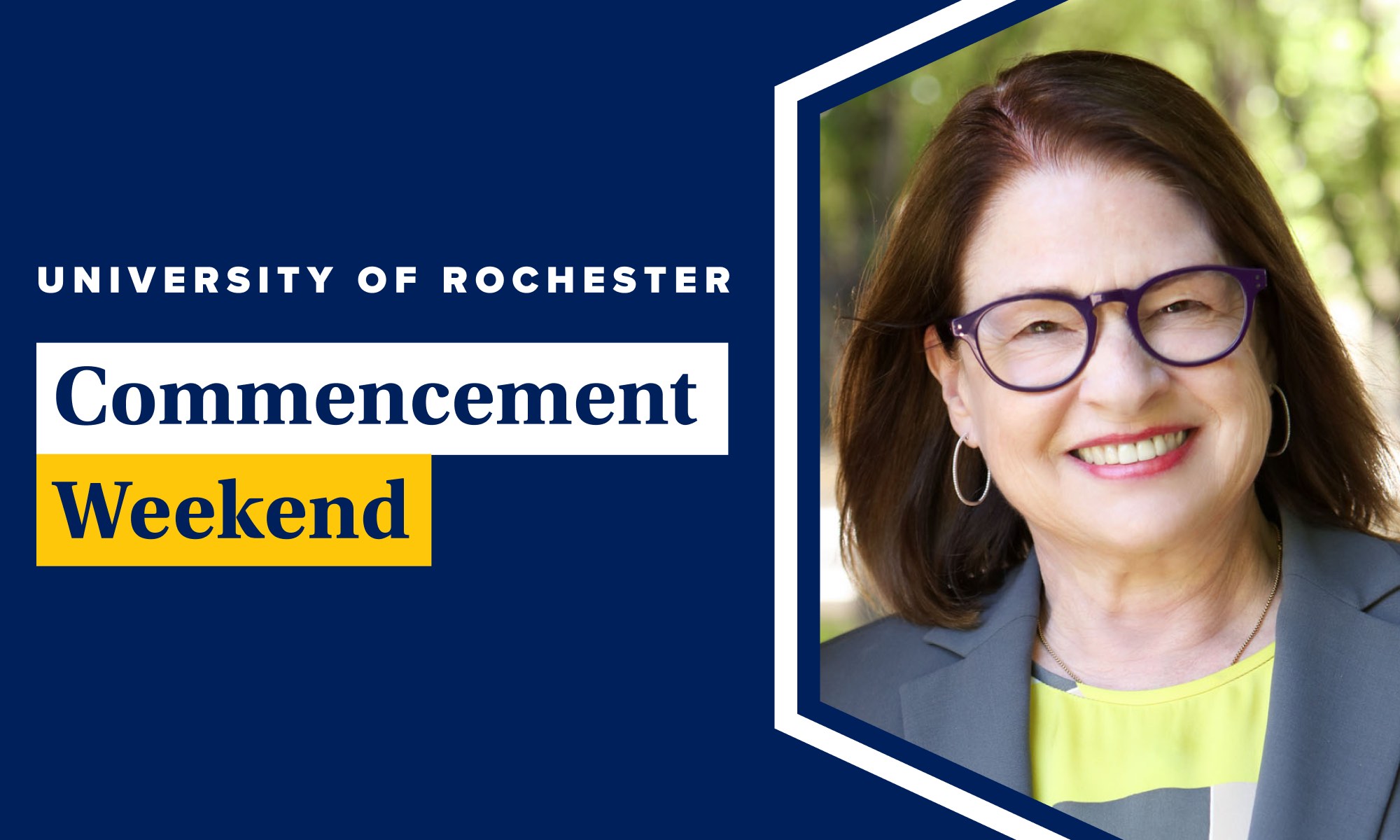
René Millon, a professor emeritus of anthropology at Rochester whose life’s work was dedicated to mapping and excavating a historic pre-Columbian site in Mexico, is being remembered as a pioneer who influenced the study of ancient cultures and societies.
For a quarter-century Millon spearheaded an international team of researchers who produced the first complete building-by-building map of Teotihuacán, a 2,000-year-old city that lies 30 miles northeast of Mexico City.
Although Millon “officially” retired in 1986 at the mandatory age of 65—at that time a federal law—he continued to work on the Teotihuacán project. “I started going there in 1950,” Millon said in 2012, “and I haven’t finished yet.”
Millon, who joined the University faculty in 1961, died February 22 at age 94.
Known for its Pyramids of the Moon and the Sun, Teotihuacán was the largest and most influential city of the pre-Columbian New World. Millon’s project involved the precise charting of an 8-square mile area of the partially buried city. Its use of comprehensive aerial photography was accompanied by surface surveys and the collection of about one million artifacts from some 5,000 sites within the mapped area.
Mapping of the city and its environs included the discovery of several thousand ceremonial and residential structures (apartment compounds) that made up the ancient city. The project has formed the basis for all subsequent archaeological investigation at the site. Still an active research site, the project has involved scholars and scientists from universities in Mexico, the United States, Canada, and Japan.

“I venture to say that this type of archaeology changed the study of these societies, from a study just of the elites to include all the people of a city,” says Renato Perucchio, a professor of mechanical engineering and director of the University’s Archeology, Technology, and Historical Structures program. “There is no scholarly work on Teotihuacán that talks about its urban development without referring to his work.”
In 2001 Millon was elected to the National Academy of Sciences, and in 2004 he and longtime collaborator George L. Cowgill of Arizona State University were awarded the A. V. Kidder Prize from the American Anthropological Association for eminence in the field of American archaeology.
As a professor, Millon was noted for being deeply engaged with the work of his students, some of whom he continued to advise after leaving his full-time duties at the University.
Millon earned his bachelor’s, master’s, and doctoral degrees from Columbia University. Before Rochester he taught at the University of Southern California, Columbia University, University of California, Berkeley, and he was a research assistant at Yale University.
Millon, a widower, is survived by his three children, David, Marc, and Michele.



